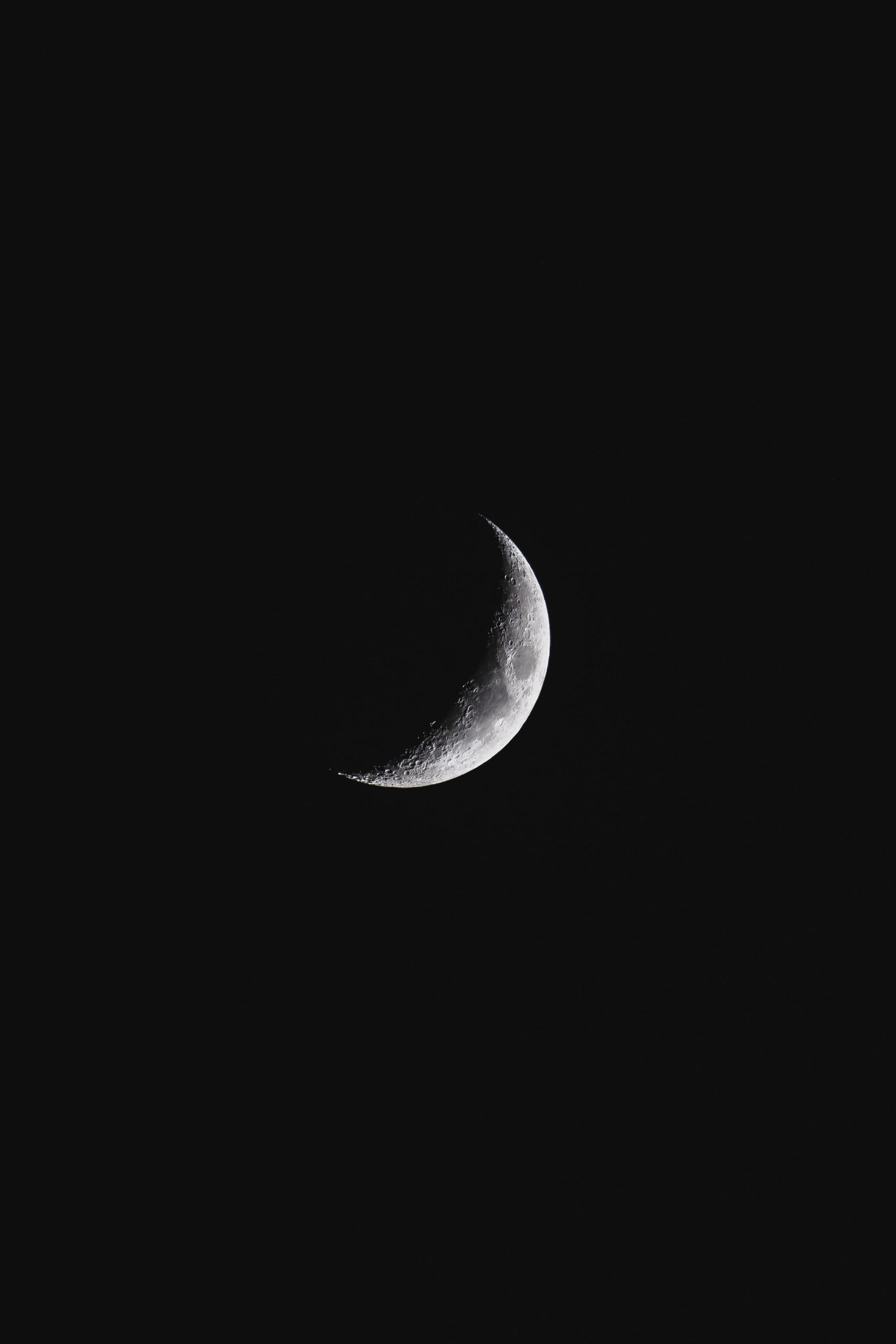Moon and Tides Worksheet: Understanding the Fascinating Interplay
The moon has long captivated humanity with its stunning beauty and mysterious presence in the night sky. But did you know that the moon also plays a crucial role in shaping the tides we observe on Earth? Understanding the relationship between the moon and tides is not only fascinating but also essential in fields such as marine navigation, coastal engineering, and even fishing. In this blog post, we will delve into the intricacies of this connection by exploring a moon and tides worksheet designed to deepen our understanding.
What are Tides?
Tides refer to the rise and fall of sea levels along coastlines and other bodies of water. They occur as a result of the gravitational pull exerted by the moon and the sun on Earth’s oceans. While the sun’s gravity also affects the tides, the moon’s influence is significantly stronger due to its closer proximity. The interaction between the moon, Earth, and the sun leads to two high tides and two low tides occurring each day.
The Moon’s Role in Tides
Before we dive into the details of the worksheet, let’s briefly discuss the moon’s crucial role in creating tides. The moon’s gravity causes a phenomenon known as tidal bulges, where water on the side of Earth that faces the moon is pulled towards it, creating a high tide. Simultaneously, water on the opposite side of the Earth is also pulled away, resulting in a second high tide.
What’s interesting to note is that the areas between these high tides experience a drop in water level, creating the low tides. These tidal bulges follow the moon as it orbits Earth, which explains why tides are not always the same height throughout the day.
Exploring the Moon and Tides Worksheet
The moon and tides worksheet is a valuable resource for learning about the relationship between the moon’s phases and the corresponding tides. By answering a series of questions and engaging in hands-on activities, students can solidify their understanding of this complex phenomenon. Let’s explore some of the key sections of the worksheet:
1. Moon Phases
The first section of the worksheet typically focuses on the various phases of the moon. It introduces students to concepts such as the lunar cycle and the names of each moon phase, including the full moon, new moon, crescent moon, and more. Understanding these phases is crucial as they directly impact the tides.
The worksheet may present a diagram of the lunar cycle and ask students to label each phase. This visual exercise helps students visualize the moon’s changing appearance throughout its orbit.
2. Tidal Patterns
The second section of the worksheet dives into the connection between moon phases and tidal patterns. Students may be presented with a series of questions that require them to think critically about how different moon phases impact the tides. For example, they may be asked to explain why spring tides occur during a full moon or a new moon, while neap tides occur during a quarter moon.
To reinforce this understanding, the worksheet may provide a table or diagram displaying different moon phases and corresponding tidal patterns. Students can then identify and label the relationships between the two.
3. Real-Life Applications
The final section of the worksheet often delves into the practical applications of understanding moon phases and tides. Students are encouraged to reflect on how this knowledge can be beneficial in activities such as boating, fishing, or coastal construction. By understanding tidal patterns, individuals can plan their activities accordingly and navigate safely.
The worksheet may prompt students to think creatively about scenarios where understanding tides plays a crucial role, such as planning a fishing trip to catch high-tide-loving fish or scheduling maintenance work on a coastal structure during a low tide.
Conclusion
By completing a moon and tides worksheet, students can deepen their understanding of the complex interplay between the moon and tides. This knowledge not only enhances scientific literacy but also cultivates a sense of wonder about the natural world.
Whether you’re an educator looking for engaging teaching resources or an individual eager to comprehend the fascinating mechanisms behind tides, exploring a moon and tides worksheet can be an incredibly rewarding experience. By employing visual aids, thought-provoking questions, and real-life connections, these worksheets allow us to unlock the secrets of the moon’s influence on our planet’s oceans.
So, go ahead, grab a moon and tides worksheet, and immerse yourself in the captivating realm where the moon’s gravitational pull meets the ebb and flow of the tides.
Table of Contents
